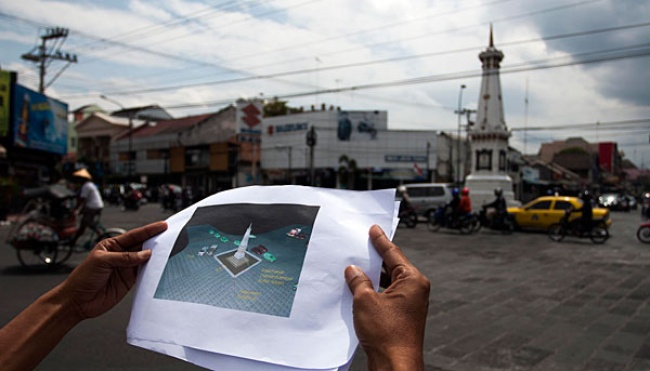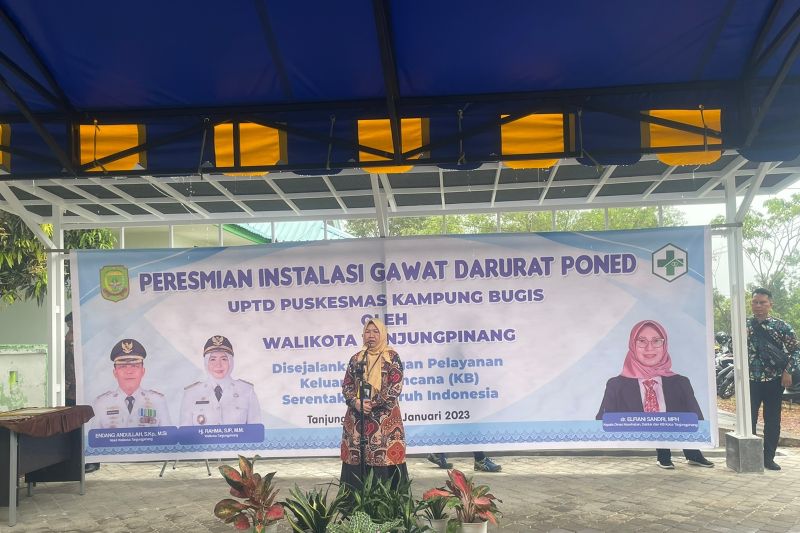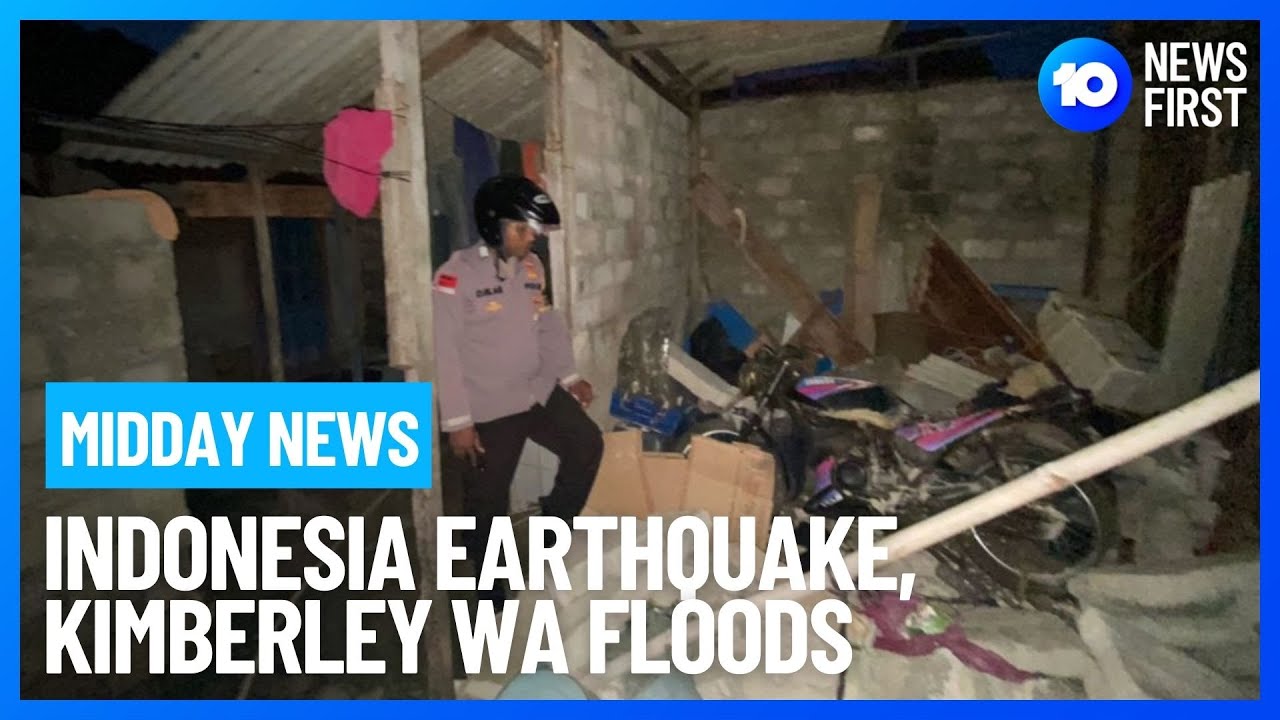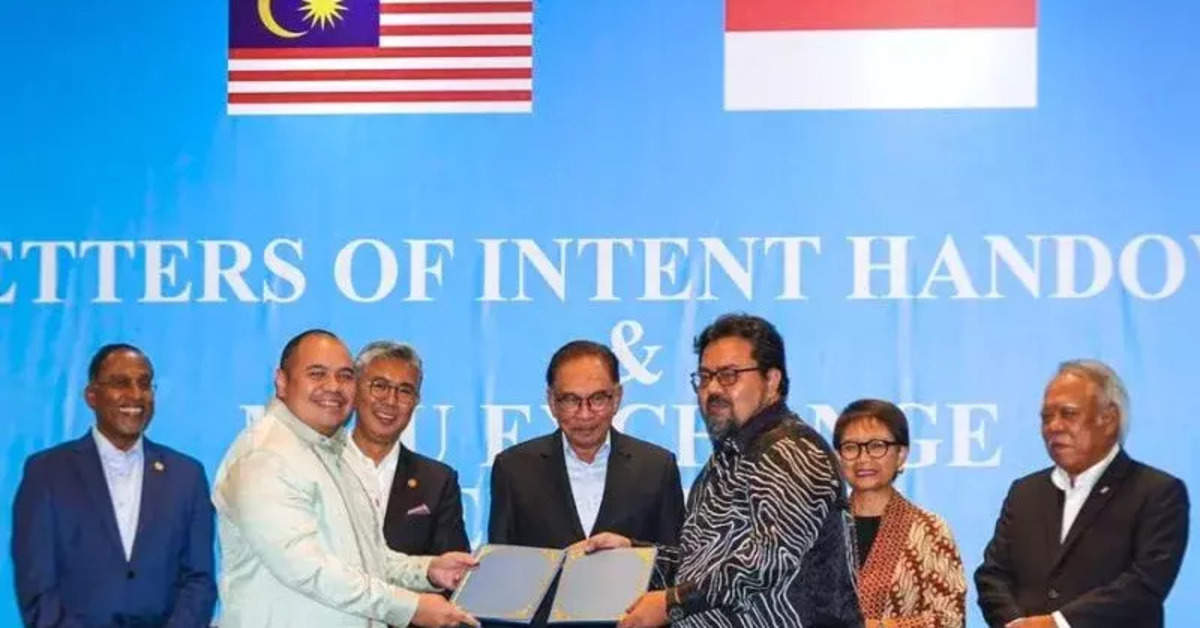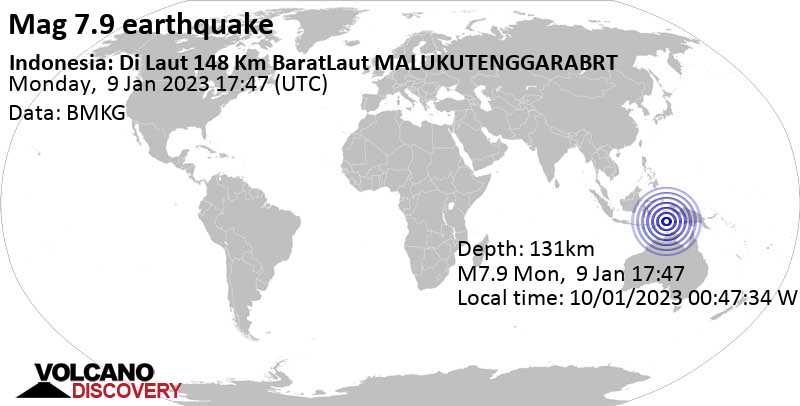TEMPO.CO, Yogyakarta – The Special Region of Yogyakarta (DIY) government responded to data released by Statistics Indonesia (BPS) stating that the region is the poorest province on the island of Java. BPS reported that as of September 2022, as many as 463,630 people in DIY, which equals 11.49 percent of the province’s total population, are living below the poverty line. The number increased compared to the number recorded in March 2022, which was 457,760 people.
This fact is quite surprising considering that Yogyakarta, which is divided into five regencies/cities, is almost never empty of tourists.
“There is an anomaly in the poverty rate in DIY, there are special characteristics that distinguish DIY from other regions,” said Head of the DIY Regional Planning and Development Agency (Bappeda) Benny Suharsono on Friday, January 20, 2023.
According to Benny, this anomaly can be seen when compared with the region’s Human Development Index (IPM), which is actually the second highest in Indonesia. HDI is an indicator that describes the quality of human life calculated from several factors including health, education, and per capita spending.
“In terms of health, DIY has the highest life expectancy in Indonesia as it reaches 75.08 years,” said Benny, adding that people with high life expectancy could be met in Kulon Progo Regency, which has the largest poor population besides Gunungkidul.
“And the most interesting thing, judging from spending per capita, DIY is the second highest after Jakarta, which is 14.48 million, where Jakarta hits 18.92 million,” Benny outlined.
DIY was considered the poorest province because of the low amount of spending on basic food needs. People in DIY, especially in villages, are categorized as poverty-stricken. Some get staple food from their own crops, meaning that they do not need to spend money to meet daily needs.
“People in rural DIY prefer investment,” Benny added. “This investment is not in the form of money but livestock, plants, and other goods which at any time can be used as funds to finance their children’s education.”
The Yogyakarta provincial government will therefore encourage its people to increase its per capita expenditure. From the BPS data, Benny concluded that the benchmark for poverty is not only seen from the amount of spending or the level of public consumption.
PRIBADI WICAKSONO (CONTRIBUTOR)
Click here to get the latest news updates from Tempo in Google News





















